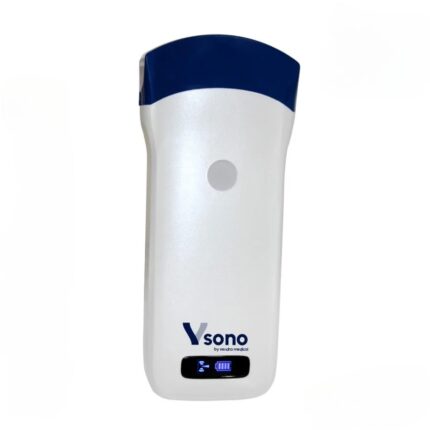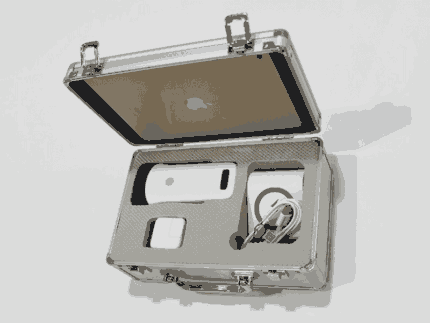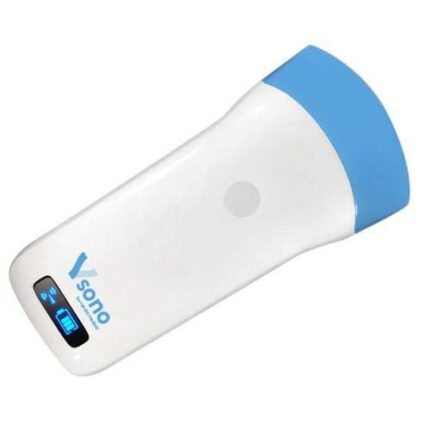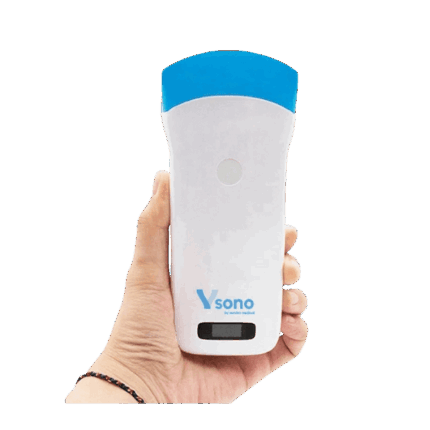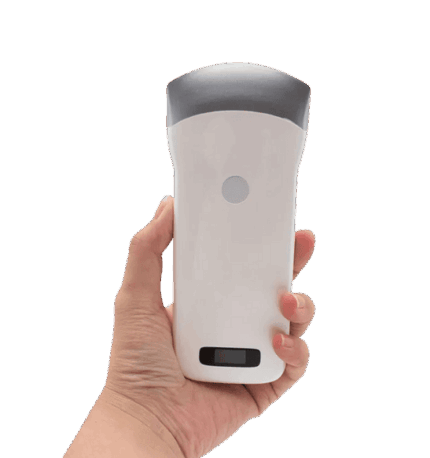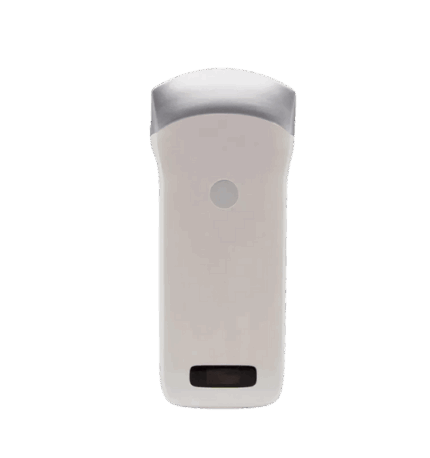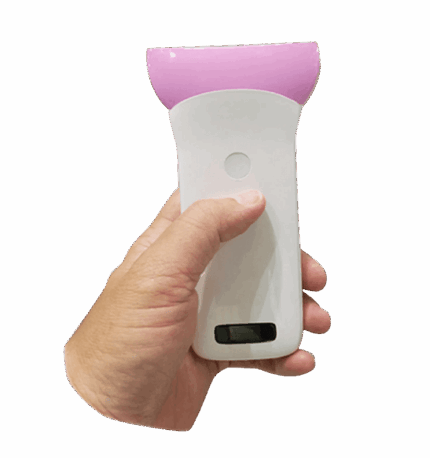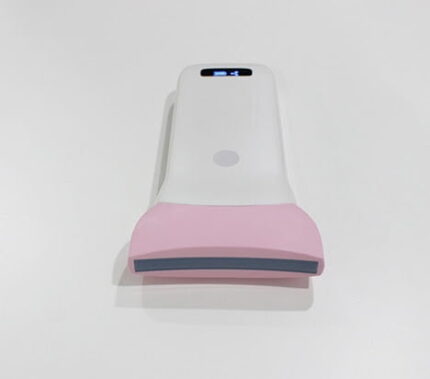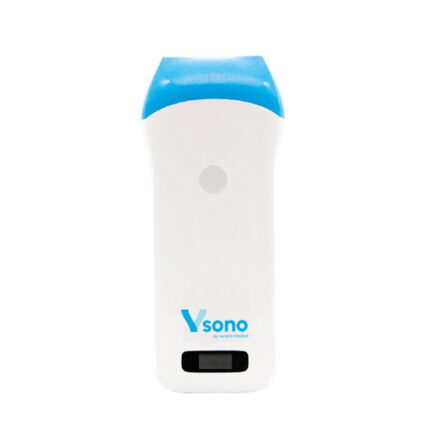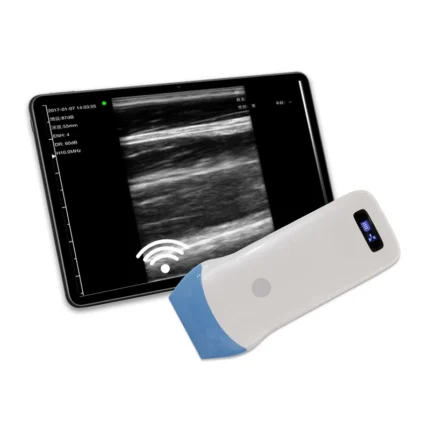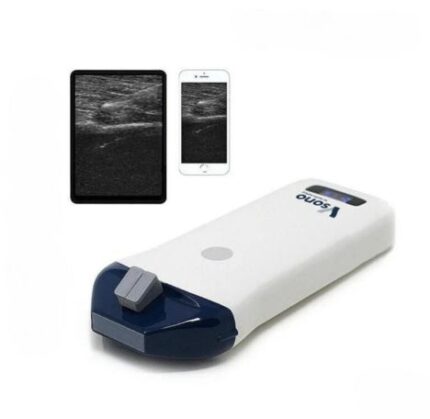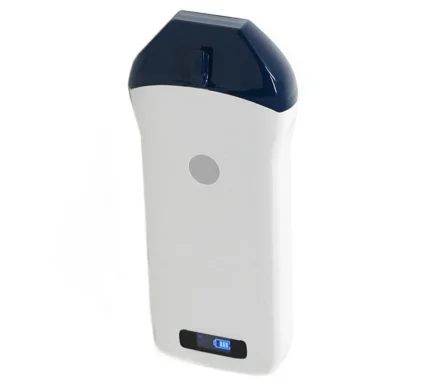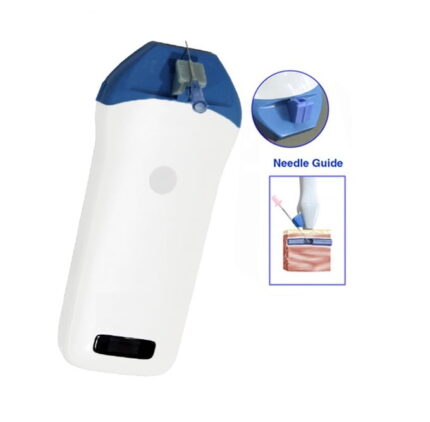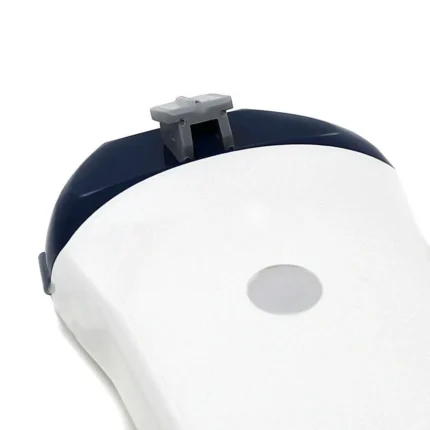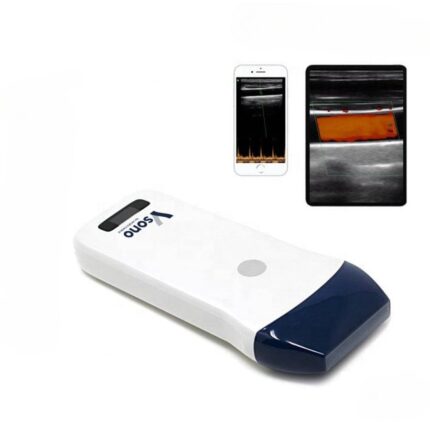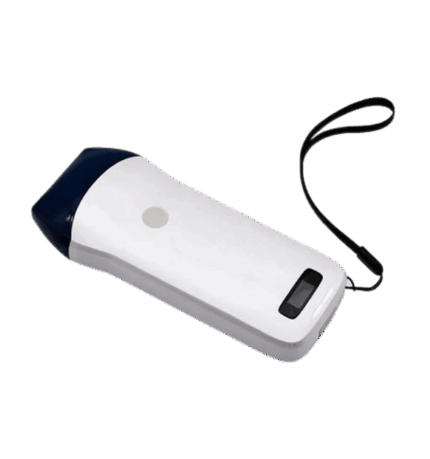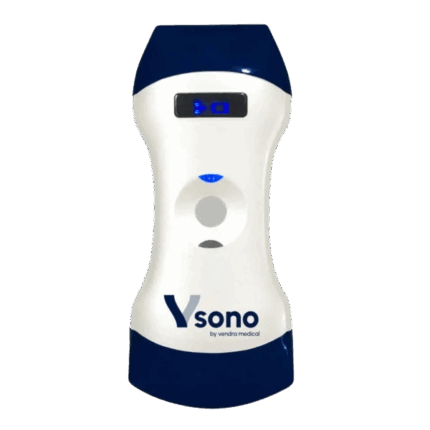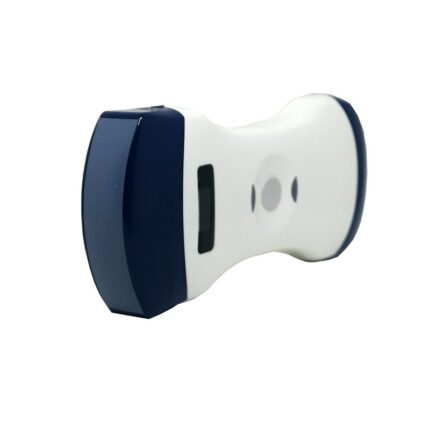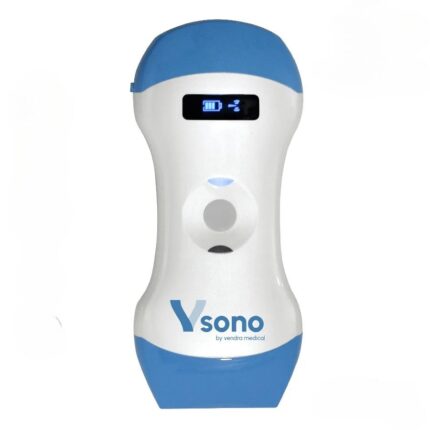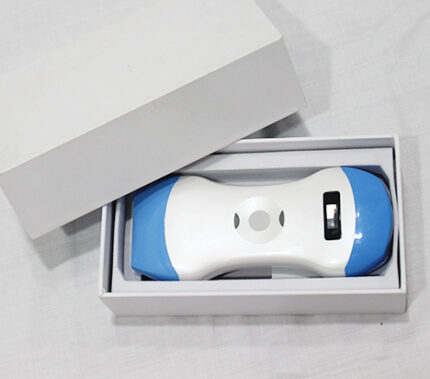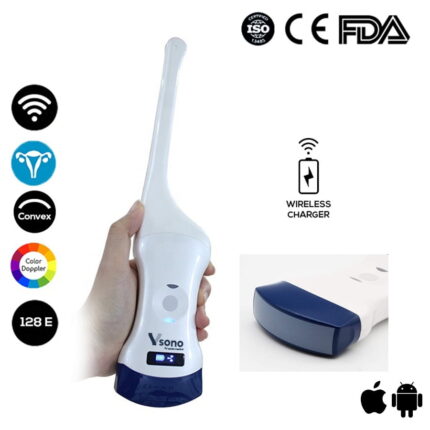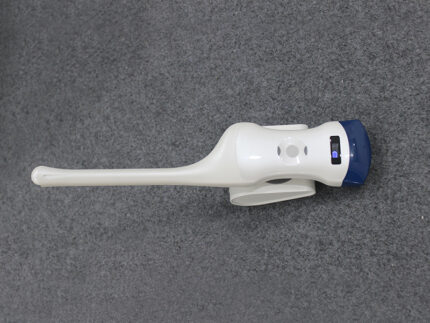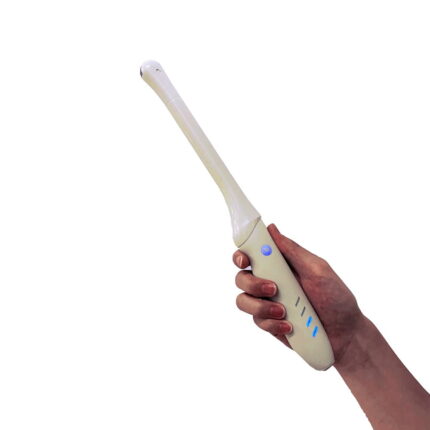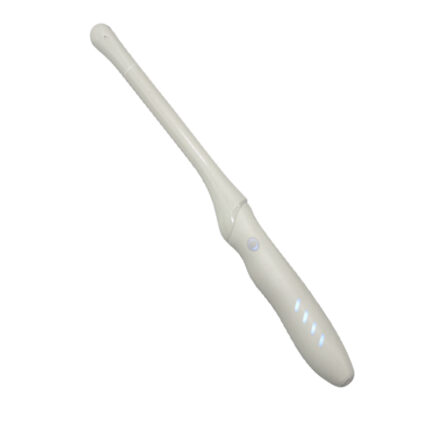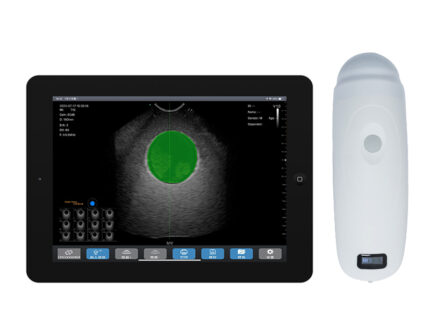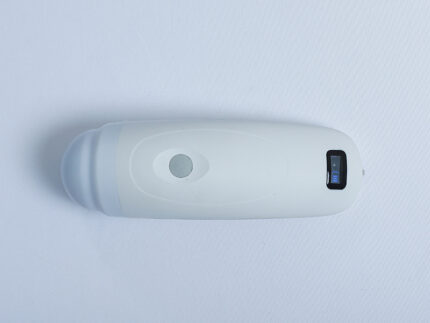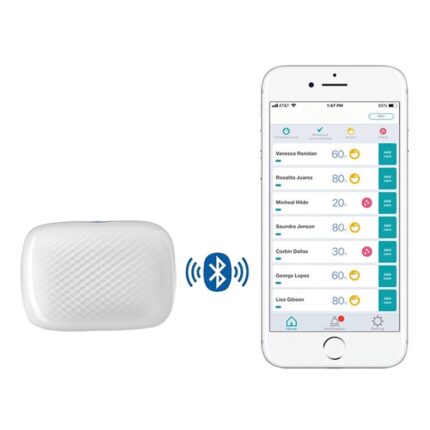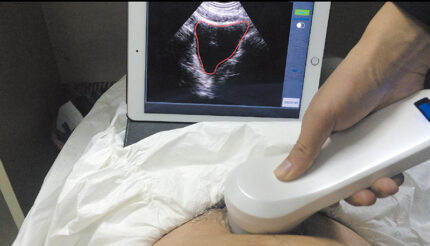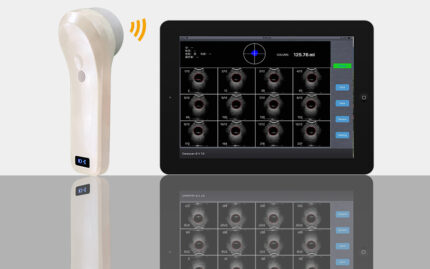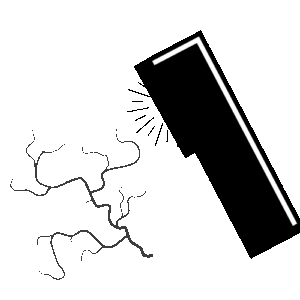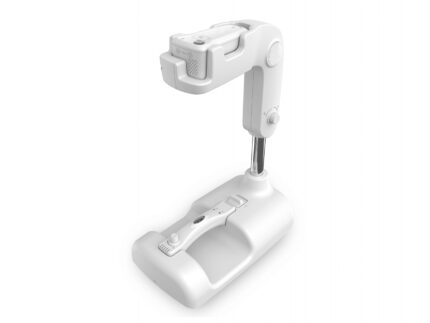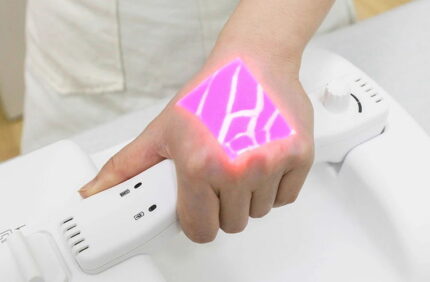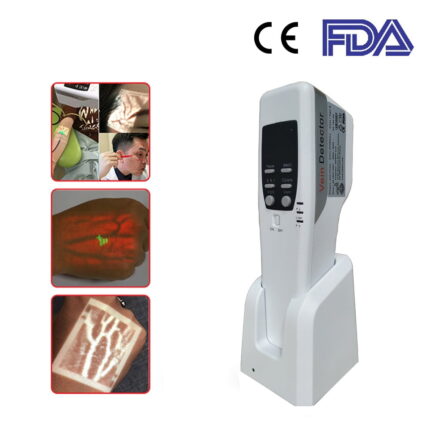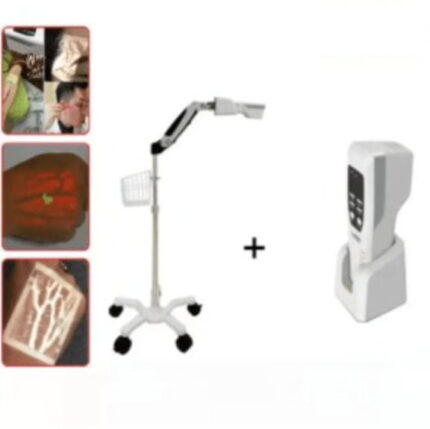Understanding Post-Void Residual (PVR) Urine

That lingering feeling that your bladder isn’t quite empty after urinating can be more than just an annoyance—it can be a sign of an underlying issue. The amount of urine left in your bladder immediately after you void is known as Post-Void Residual (PVR) urine volume.
Measuring PVR is a simple yet crucial diagnostic step that helps doctors understand your bladder health. It’s a key indicator for detecting potential urinary tract disorders, a condition often referred to as urinary retention.
Why Does High PVR Matter? The Risks of Incomplete Emptying
For your urinary system to stay healthy, the bladder, external sphincter, and detrusor muscle must all work in sync. This ensures complete emptying. When this process is impaired, urine is left behind. Consequently, this can lead to several health problems:
- Higher Risk of Infections: When the bladder doesn’t flush completely, it allows germs to settle on the inner wall. This significantly increases the risk of painful urinary tract infections (UTIs).
- Formation of Urinary Stones: Stale, leftover urine can contribute to the formation of urinary stones. These stones can cause pain and further damage the urinary system.
- Indication of Dysfunction: A high PVR tells your doctor that some part of the voiding process isn’t working correctly. This will prompt further investigation.
How is PVR Measured? The Modern, Pain-Free Method
Measuring PVR can be done in two ways, but one is clearly better for the patient.
- Catheterization (Invasive): This method involves inserting a tube into the bladder to drain and measure remaining urine. It can be uncomfortable. Furthermore, there is a slight risk of introducing infection, making it less ideal for multiple measurements.
- Ultrasound (Non-Invasive): This is the modern, preferred method. It is completely painless, quick, and safe. An ultrasound scanner is simply placed on the lower abdomen over the bladder. Using advanced technology, the device identifies the bladder walls and instantly calculates the volume of urine inside.
A urologist or general practitioner will then analyze the results. While it can vary, a PVR of 50 to 100 mL is often considered normal in older adults. Anything higher may require further evaluation.
The Right Tool for a Quick and Accurate Scan
Given that PVR often needs to be measured more than once, a non-invasive tool is essential. The Vendra Medical team recommends ultrasonography for its safety and convenience.
Specifically, the Wireless Bladder Ultrasound Scanner: Vsono-BL1 is designed for this exact purpose.
- Completely Non-Invasive: It safely visualizes and measures urine volume without any discomfort.
- Accurate and Reliable: With a measuring range from 10ml up to 2000ml, it provides precise results doctors can trust.
- Convenient and Portable: The scanner is light and pocket-sized, which makes it perfect for use in a doctor’s office, a long-term care facility, or even during a home visit.
By using a modern bladder scanner, measuring PVR is no longer a dreaded procedure. Instead, it becomes a fast and simple step toward better urinary health.


